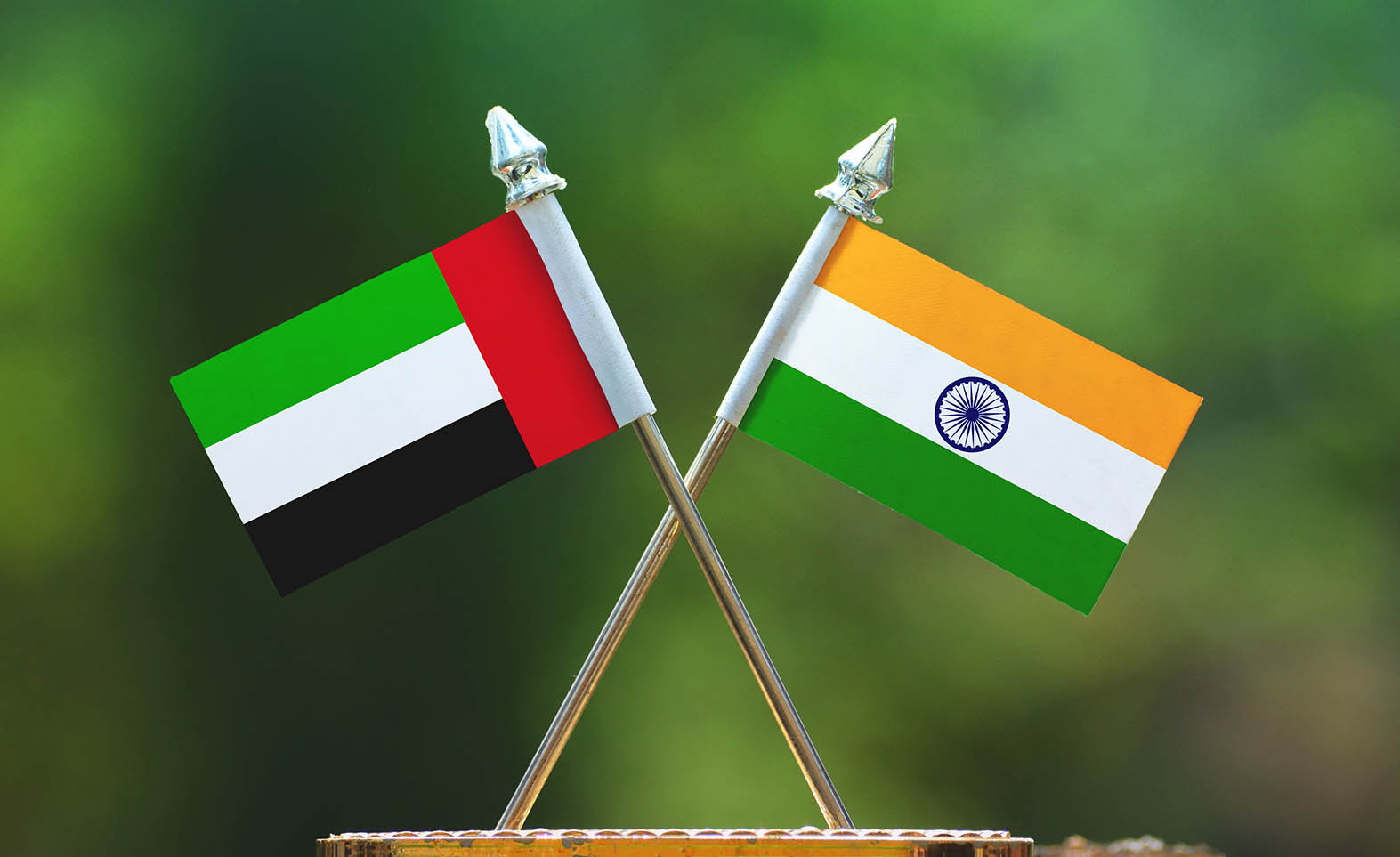In a significant step towards enhancing bilateral relations, India and the UAE inked four pivotal agreements, setting the stage for deeper cooperation in the energy sector. The accords reflect the growing strategic alignment between the two nations. These latest agreements, particularly in energy, demonstrate the expanding scope of collaboration between the two countries, marking a new phase in their bilateral ties.
The energy sector has historically underpinned India-UAE relations. The first pact focuses on a long-term supply of liquefied natural gas between ADNOC and IOCL, ensuring a steady flow of energy resources from the UAE to meet India’s growing energy demands. This agreement not only secures India’s energy future but also positions the UAE as a key energy partner for the subcontinent. The second agreement, between ADNOC and ISPRL, enhances India’s strategic oil reserves, providing a buffer against supply disruptions and price volatility in global markets. By building up its reserves, India is taking steps to strengthen its energy security, ensuring resilience against any potential crises in the energy sector.
In addition to hydrocarbons, the partnership extends into nuclear energy. The MoU between the Emirates Nuclear Energy Company and India’s Nuclear Power Corporation of India Ltd. marks a significant development. Under this agreement, the two countries will collaborate on the operation and maintenance of the Barakah Nuclear Power Plant, the UAE’s flagship nuclear project. This partnership in nuclear energy reflects the growing trust and cooperation between the two countries, which now extends beyond traditional energy sources into cleaner, more sustainable energy solutions.
The fourth agreement between ADNOC and India’s Urja Bharat further cements India’s participation in the UAE’s upstream energy sector. Such collaborations go beyond mere trade agreements, allowing for technological transfer, joint ventures, and investment in infrastructure, further intertwining the economies of both nations. Furthermore, the signing of a deal between the Gujarat Government and Abu Dhabi Developmental Holding Company PJSC to establish food parks in India signals a new dimension of cooperation. This initiative aligns with India’s food security strategy and promotes sustainable agriculture. As food security becomes increasingly a global issue, such partnerships could serve as models for future international cooperation.
India and the UAE have made tremendous strides in strengthening their relationship over the past decade. PM Narendra Modi’s landmark visit to the UAE in August 2015 was pivotal in elevating bilateral ties to the level of a Comprehensive Strategic Partnership. This relationship, characterised by deep cooperation across various sectors, has since become one of India’s most significant partnerships in the Middle East. The bilateral trade volume reached a robust USD 85 billion in 2022-23, positioning the UAE as one of India’s top trading partners.
In addition to economic cooperation, India and the UAE have also made significant progress in defence and security. The UAE’s participation in joint military exercises such as the ‘Desert Cyclone’ in January 2024 is a testament to the growing defence ties. These exercises enhance military cooperation and interoperability, vital in maintaining regional stability and security, especially given the shared challenges both countries face in terms of counterterrorism and maritime security.
India and the UAE’s partnership has also expanded into multilateral arenas, where both countries have worked together to address global challenges. The UAE’s inclusion as a dialogue partner in the Shanghai Cooperation Organisation and as a full member of BRICS, with India’s active support, reflects the increasing alignment of both countries in global affairs. Moreover, the recent establishment of a local currency settlement system marks a significant shift in their economic relations. By promoting the use of the Indian rupee and the UAE dirham for cross-border transactions, both countries are working towards reducing their dependence on the US dollar, enhancing bilateral trade efficiency, and strengthening financial stability. This relationship stands as a model for international cooperation, underpinned by shared values, mutual respect, and a common vision for the future.
Trending Now
E-Paper


